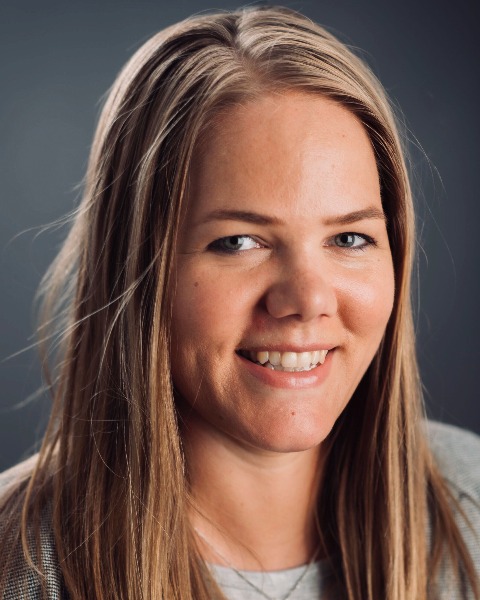Back
Assay Development and Screening
Poster Theater Presentations
Next Generation Drug Testing in Ovarian Cancer Patient-derived 3D Cultures
Tuesday, February 8, 2022
11:30 AM – 11:40 AM
Location: Poster Theater (300 Aisle)

Emma Akerlund
Postdoctoral Researcher
Karolinska Institutet, Stockholms Lan, Sweden
Abstract: 3D cell culture models and organoid technologies have emerged as improved tools to study human disease, including cancer. Despite impressive advances in this field, there is still a considerable demand for protocols that can quickly generate patient-relevant 3D models for drug screening. In addition, existing drug screening protocols for 3D models are usually relatively low throughput and often rely on a single-point metabolic readout. Thus, there is a major need for refinement of such methods for consistent and automated drug screening to be utilized for the end goal of both prioritization of drugs as well as drug repurposing in drug development and discovery. Here we aim to utilize ovarian cancer tissue and ascites in a translational setting to examine ex vivo drug sensitivity. It is estimated that 70-80% of ovarian cancer patients relapse within two years due to acquired resistance to therapy, hence novel treatment strategies are needed. This work is bridging precision medicine, 3D models, drug screening and high content imaging. Here we present a novel scalable drug screening platform where tumor derived patient cells are screened within a week of arrival and subsequently tested for patient relevant drug combinations. Furthermore, we demonstrate that this platform gives the possibility of generating patient-specific drug combination results in 9 days. The fast turnover is advantageous over already existing screening protocols for organoids and PDC models which takes a long time to develop, sometimes weeks or months. Here we report robust drug screening data in 13 out of 16 patient samples. Notably, combination screening with Carboplatin combined with A-1331852, a BCL-XL inhibitor, showed increased efficacy in 3 patient samples. In addition, a synergistic effect was observed in one of the patients using the combination of Afatinib and A-1331852. This assay could potentially be used for guiding treatment in a clinical setting in the future as well as to identify relevant drugs for repurposing.
